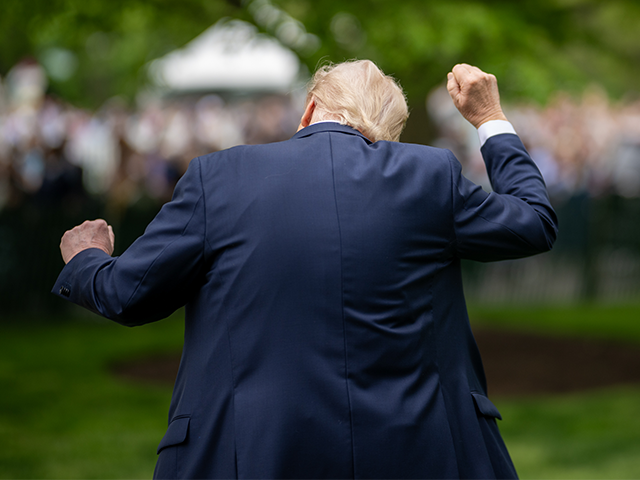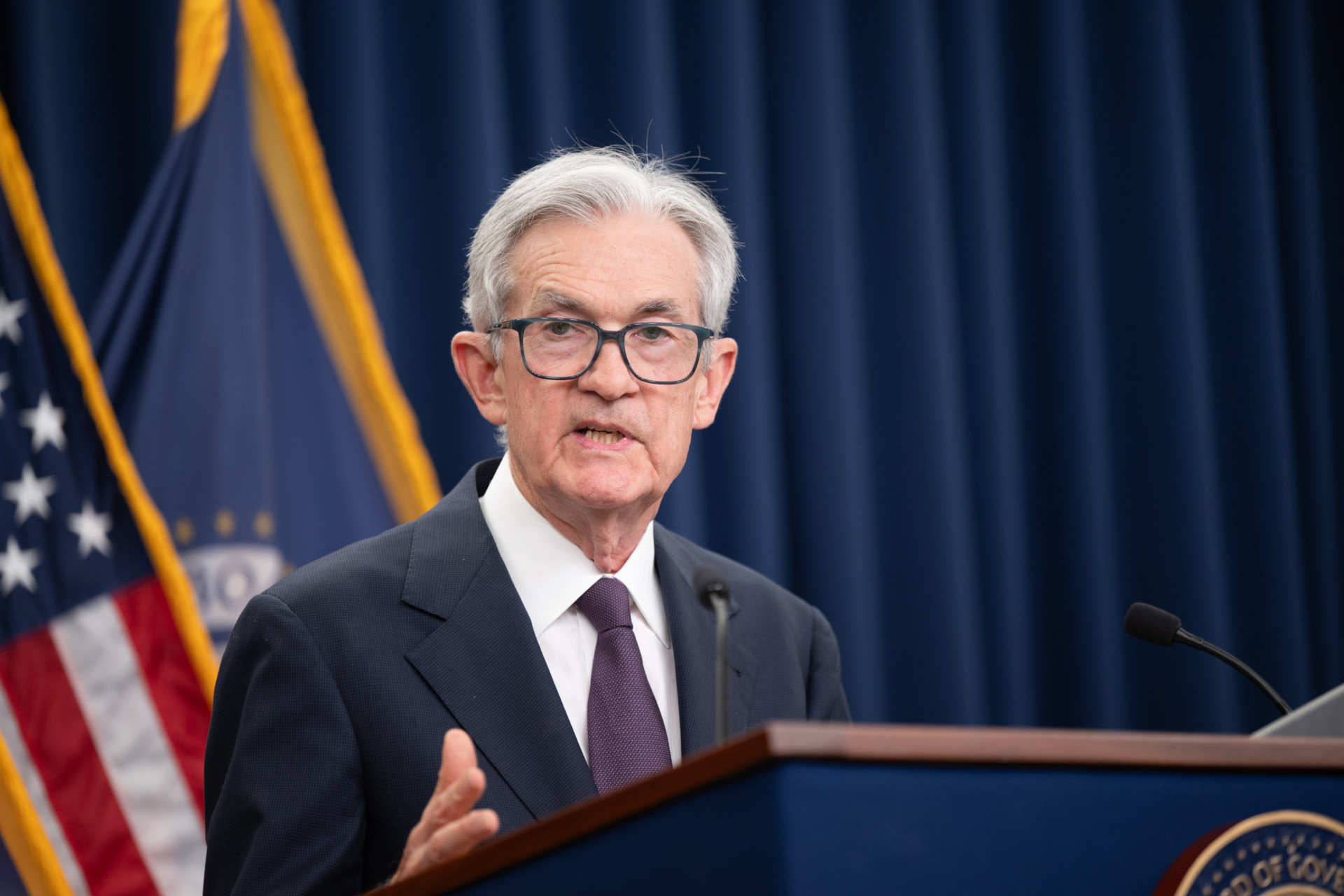Breitbart Business Digest: The Story So Far in 2025—What We Got Right

A Mid-Year Reality Check
It’s been a good start to the year for Breitbart Business Digest.
At the start of the year, we argued that the Federal Reserve was too confident in its outlook for the path of rate cuts that ignored the strength of the economy. The data didn’t support the Fed’s optimism, and neither did the underlying trends in employment, wages, or investment. We also said the return of Donald Trump would reignite business confidence and unleash a new wave of economic dynamism.
Six months later, the record backs us up. The Fed has not delivered a single cut, inflation expectations spiked early but have since moderated, and the American economy continues to outperform even the rosiest Wall Street forecasts. Job growth remains strong. Real wages are rising. Manufacturing is back. And business sentiment—especially among the producers, builders, and risk-takers—is rising again.
When the Fed opened the year projecting multiple cuts, markets priced in five or more. But in our January 13 edition, we wrote plainly: “The era of Fed cuts is over.” That was based not on ideology but on the numbers. Consumer demand was solid. Payrolls were rising. The Fed’s own models underestimated growth. And inflation, while no longer spiraling, had not fully returned to target. It made no sense for the central bank to bet so heavily on disinflation. This was all the more true because Fed officials were bound to be concerned that tariffs would put upward pressure on prices.
We also noted a rise in consumer inflation expectations in the University of Michigan survey—up from 2.8 to 3.3 percent. The Fed dismissed this as noise. But we saw it as a warning. For the first time in years, households were signaling doubt in the Fed’s inflation-fighting credibility. That mattered. And indeed, market-based measures of inflation expectations climbed throughout Q1, just as we anticipated.
Meanwhile, we called out the shift in business confidence. On January 6, we reported that service-sector optimism had hit an 18-month high. It wasn’t just about politics—it was about real expectations for tax cuts, tariff reform, and deregulation. The sense was that under Trump, America might once again become a country worth investing in. And that confidence has been rewarded: hiring has held up, housing’s weakness has not become a rout, business investment has surprised to the upside. Even manufacturing, long in retreat, began to turn.
By February, we were noting the return of a blue-collar boom. Auto production surged. Factory orders rose. And while media narratives kept pushing the idea of a fragile recovery, we reminded readers that the fundamentals were pointing in the opposite direction. On February 12, we made the case that Trump’s tariffs should be paired with Fed rate cuts—not because tariffs are inflationary, but because they tighten financial conditions in other ways. We said monetary policy should accommodate national policy, not sabotage it.
In March, we pushed back against the panic about tariffs driving up inflation. The Fed’s own March Summary of Economic Projections labeled the impact of tariffs as modest and transitory. That matched our analysis—and undermined the media’s hysteria. Six months into the year, and inflation is nowhere to be found. On a three-month moving average, most major inflation indexes indicate inflation is running below the Fed’s two percent target.
We also noted the divergence between sentiment and substance. Consumer surveys were soft and high rates a drag on housing, but spending, employment, and retail data were strong. On March 25, we wrote that the economy was ignoring the mood swings and continuing to grow. That call has held up.
In the second quarter, we turned our attention to wages. On June 11, we highlighted the strongest real wage growth in years: 1.5 percent nominal wage gains versus just 0.7 percent inflation. Workers were finally pulling ahead. We called it a golden era for labor and said the Fed should respond by cutting rates to support household momentum. Powell didn’t budge.
We predicted cracks in the Fed’s consensus. On June 23, we said the Powell consensus wouldn’t last—Bowman and Waller were likely to break ranks. That’s happening. Dissent is building. The pressure on Powell is rising. Watch the meeting at the end of July for dissents.
And we were early to criticize Powell’s model-based approach to policy. We hit the Fed for relying on speculative tariff inflation models rather than hard data. Powell even admitted that if he were going on the data alone, he would have kept cutting. But he didn’t.
What We Got Wrong: Powell’s More Stubborn Than We Thought
All of this paints a clear picture: our calls weren’t just accurate—they were anchored in reality. Still, we didn’t get everything perfect. Back in January, we suggested Powell might be more politically flexible in the face of a resurgent Trump. That was wishful thinking. The Fed has been combative, not cooperative.

Federal Reserve Chair Jerome Powell answers reporters’ questions at the FOMC press conference on June 18, 2025.
We also underestimated the strength of the manufacturing rebound. While we flagged improving sentiment, we didn’t fully anticipate how strong the recovery would be. June PMI hit a three-year high.
And we were too cautious on inflation. We thought it might be stickier. Expectations jumped in Q1, and we leaned into that risk. But the actual inflation path has been remarkably stable, and as a result inflation has come in tamer than we expected.
The big picture, however, remains the same: the Fed has fallen behind the real economy. The Trump expansion is here. The labor market is tight. Wages are rising. Production is climbing. And the American consumer is holding up. The Fed can keep modeling scenarios—or it can trust the data.
The back half of 2025 will bring new challenges. Europe’s tariff response is still unclear. China remains volatile. The mid-term election looms. Fed policy remains highly uncertain.
Jerome Powell’s Fed still doesn’t believe what the numbers are telling it. We do, and we’ll keep saying so.